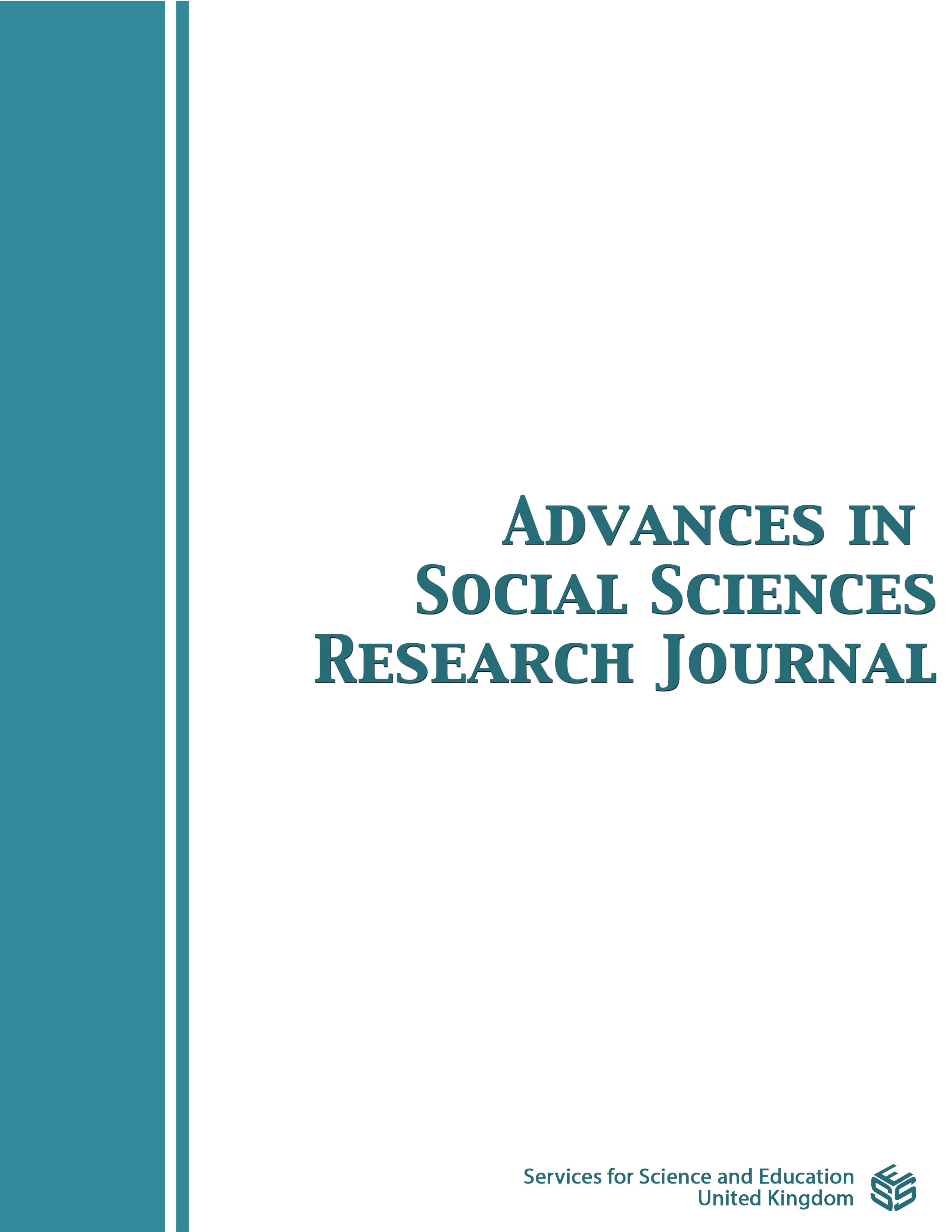The Significance of Cyberlearning in Economic Education
DOI:
https://doi.org/10.14738/assrj.87.10474Keywords:
Information technology, International competitiveness, Cyberlearning, Globalization, Economic educationAbstract
We analyze the potentials of web-based and mobile-based digital technology to disseminate, inform, transmit, instruct, and exchange course content in the teaching of economics. Cyberlearning is the use of networked computer technology to enhance the mode of educational content delivery to learners, and involves personal, social, and distributed learning that is mediated by a variety of rapidly evolving computational devices such as computers, tablets, and smart phones, and involving other media such as the Web, and the Cloud. Yet cyberlearning is not only about learning to use computers or to think computationally; social networking has made it clear that the need is much more encompassing, including new modes of collaborating and learning for the full variety of human experiences mediated by networked computing and communications technologies. Educators have continued to search for answers about how new digital tools and environments can be utilized to enhance learning among students of our contemporary “New Age” generation. In the present paper we examine the potentials of cyberlearning and the opportunities it offers for promoting and assessing learning, made possible by new technologies; and how it can help learners to capitalize on those opportunities and the new practices that are made possible by these learning technologies. In particular, we examine ways of using technology for economics education to promote effective learning that result in deep rooted grasping of content, practices, and skills that will ultimately shape attitudes and contribute to enhanced policy and progress in economic matters of society.
Downloads
Published
How to Cite
Issue
Section
License
Copyright (c) 2021 Fidel Ezeala-Harrison

This work is licensed under a Creative Commons Attribution 4.0 International License.
Authors wishing to include figures, tables, or text passages that have already been published elsewhere are required to obtain permission from the copyright owner(s) for both the print and online format and to include evidence that such permission has been granted when submitting their papers. Any material received without such evidence will be assumed to originate from the authors.






